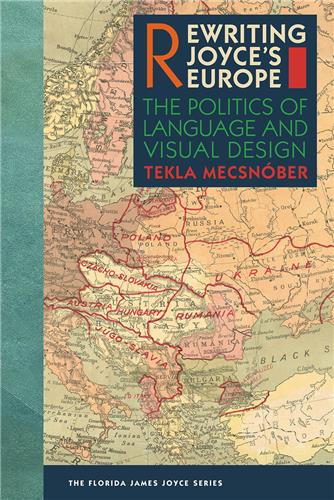This book compares the sociopolitical processes behind two major revolutions—those of Cuba in 1959, when Fidel Castro came to power, and Venezuela in 1999, when Hugo Chávez won the presidential election.
Buy Books: browse by title
A - B - C - D - E - F - G - H - I - J - K - L - M - N - O - P - Q - R - S - T - U - V - W - X - Y - ZPlease note that while you may order forthcoming books at any time, they will not be available for shipment until shortly before publication date
This book sheds light on how the text and physical design of James Joyce’s two most challenging works, Ulysses and Finnegans Wake, reflect changes that transformed Europe between World Wars I and II.
This volume explores the main trends, genres, and themes that define the emerging filmmaking industry in Central America, providing a needed overview of one of the least explored cinemas in the world.
Much has been made of the dramatic rise of Protestantism in Latin America. Many view this as a sign that Catholicism’s primacy in the region is at last beginning to wane. Overlooked by journalists and scholars has been the parallel growth of Charismatic, or Pentecostal, Catholicism in the region. Edward Cleary offers the first comprehensive treatment of this movement, revealing its importance to the Catholic Church as well as the people of Latin America.











